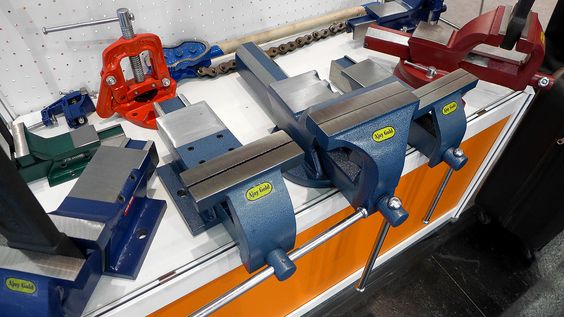How to Choose the Right Fluid Transfer Solution?
%20(2).jpg)
When selecting a fluid transfer solution, several factors should be considered. Different types of fluid transfer pumps are available on the market, choosing the right one is crucial. When it comes to transferring fluid or liquid from a container or drum to another container, many individuals prefer choosing a rotary barrel pump . In this blog post, we’ll discuss how to choose the right type of fluid transfer solution to transfer liquid effortlessly. Let’s get started: What is a Fluid Transfer Pump? A fluid transfer pump is a device used to transfer liquid from one container to another. This device is used to help in moving liquids like plain water, chemical substances, oil, and other such liquids. The most common function of the pump is to create a pressure that helps in transferring the liquid through piping. This method streamlines the effort and orders the direction in which fluids need to be transferred. Things to Consider When Choosing the Right Liquid Transf...

